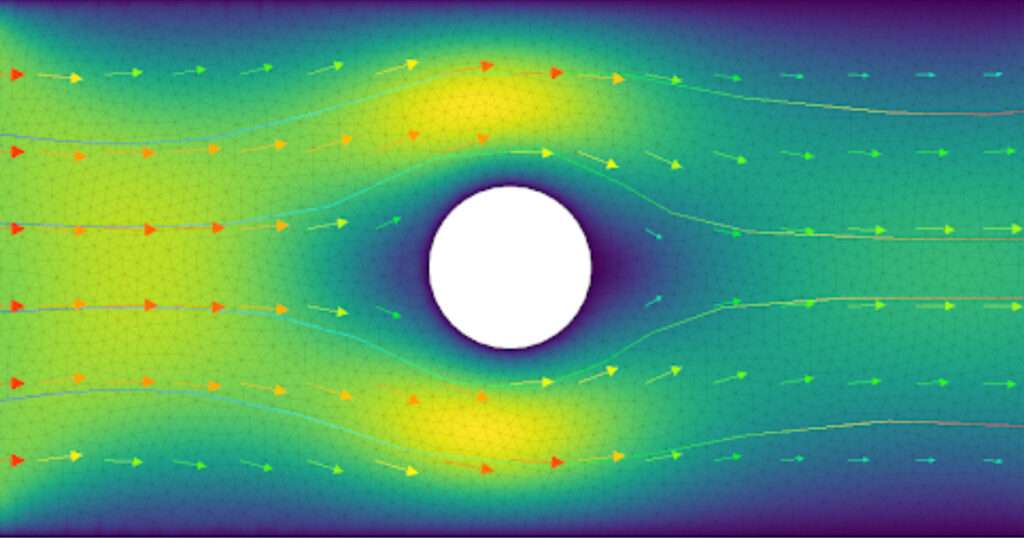Types of Fluid Flow

Types of Fluid Flow:- The flow of fluids is classified in to a variety of classes based on its own properties and also the surroundings.
Internal and External Flow
During internal flow the fluid is surrounded by a closed boundary and it flows through whatever trajectory that closed structure makes. An example is flow of water through a pipe.
During external flow the fluid flows over the solid. An example is flow of air across buildings.
Viscous and Non-Viscous Flow
During Viscous flow the resistance provided due to viscosity is considerable. An example is flow of honey over a flat plate. Almost all fluids are viscous in nature.
During non-viscous flow the resistance provided due to viscosity may be so small that it may be neglected. Superfluids are those fluids which have zero viscosity.
Steady and Unsteady Flow
During steady flow the characteristics of the fluids such as pressure, velocity, temperature, etc at a point do not change with time. An example is flow rate of the liquids in a steady state process.
During unsteady flow the characteristics at a point is subject to change with respect to time. There is subclass of unsteady flow called transient flow. During transient flow the characteristics of fluid at a point change for a period of time then become steady. After the plant is started, the characteristics of the fluids are transient in nature.
Uniform and Non-Uniform Flow
During uniform flow the characteristics of the fluid at any given time does not change with location. An example is the concentration is uniform at all points inside a mixed flow reactor at any given time.
During non-uniform flow the characteristics of the fluid at any given time changes with the change in location. An example is a rector not mixing the components efficiently.
Compressible and Incompressible Flow
During compressible flow the density of the fluid changes from one point to another. An example is compression of air. Gases are generally compressible in nature.
During incompressible flow the density of the fluid does not changes from one point to another. Flowing liquids are generally incompressible in nature. Flowing gases are incompressible in nature if the Mach number is less than 0.3
Rotational and Irrotational Flow
During rotational flow the fluid particle rotates along its axis while moving thorough its path.
During Irrotational flow the fluid particle does not rotate along its axis while moving through its path.
One, Two and Three Dimensional Flow
During one dimensional flow the characteristics of the fluid depends on only one direction and does not depend on other two dimensions.
During two dimensional flows the characteristics of the fluid depends on two directions and does not depend on one remaining dimension.
During three dimensional flows the characteristics of the fluid depends on all three directions.
Laminar and Turbulent Flow
During laminar flow the fluid particles move along a well defined flow path. The particles stay on the path and don’t cross it.
During turbulent flow the fluid particles changes the path arbitrarily while moving from one path to the other. The motion is in a random zigzag fashion.
Image:- springer
































